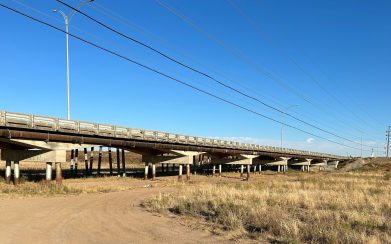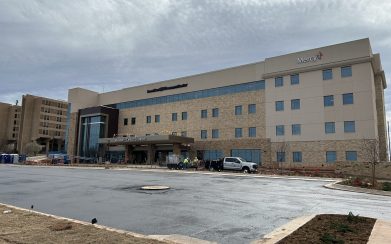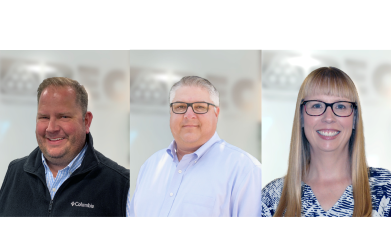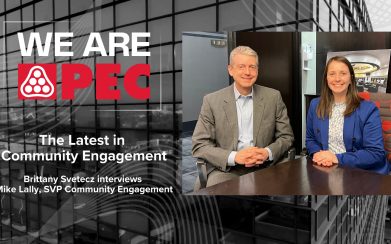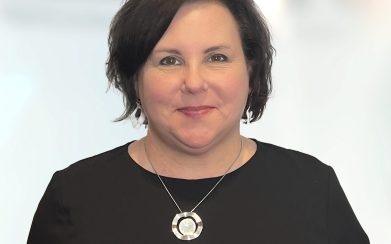Knowledge Hub
Infrastructure Summit Key Takeaways
KANSAS DEPARTMENT OF TRANSPORTATION FIRST INFRASTRUCTURE SUMMIT HELD IN WICHITA, KANSAS
On July 13th and 14th, 2022, the Kansas Department of Transportation held the first Infrastructure Summit in Wichita, Kansas. The purpose of the Summit was to provide information, start building connections between needs and resources, and announce the launch of the new Infrastructure Hub.
This will mark the first time in over a decade that the Kansas Infrastructure will be fully funded. The funds will be overseen by 12 local agencies and distributed between 375 programs.
CHALLENGES AND OPPORTUNITIES
In 2018, the American Society of Civil Engineers rated each state on its Infrastructure which consists of aviation, bridges, dams, drinking water, energy, levees, rail, roads, and stormwater. Kansas received an overall G.P.A. of C. Some of the challenges Kansas has faced over the past year were:
- Boil Water Advisory
- Water main breaks, Wichita experiences about 50 main water breaks a month due to relying on some drinking water service pipe that was installed in the late 1800s/ early 1900s.
- Bridge Conditions
- Extreme weather events
- Below-average Th broadband
- Elevated risk of blackouts
- 26 high-hazard dams in poor condition
- Cybersecurity vulnerability
The Bipartisan Infrastructure Law or BIL allows Kansas to receive $3.8 billion in funding to invest in Infrastructure, Economic Growth, Jobs, and Communities, which will be allocated as follows:
| Federal Highway Aid | $2.6 billion |
| Bridge Replacement and Repair | $225 million |
| Public Transportation | $272 million |
| Airports | $109 million |
| EV Charging Network | $40 million |
| Broadband | $100 million |
| Water Infrastructure | $454 million |
| Wildfires Protection | $25 million |
| Cyberattack Protection | $14 million |
Key goals of the Bipartisan Infrastructure Law are:
- Deliver clean water to all American families and eliminate the nations lead service lines
- Ensure every American has access to reliable high-speed internet
- Repair and rebuild our roads and bridges with a focus on resilience, equity, and safety for all users.
- Improve transportation options for millions of Americans through the largest investment in public transit in U.S. history.
- Upgrade our nation’s airports and ports to strengthen our supply chains and prevent disruptions that have caused inflation.
- Make the largest investment in passenger rail since the creation of Amtrak.
- Build a national network of electric vehicle (EV) chargers.
- Upgrade our power infrastructure to deliver clean, reliable energy across the country.
- Make our infrastructure resilient against the impacts of cyber-attacks, and extreme weather events.
- Deliver the largest investment in tackling legacy pollution in American history by cleaning up Superfund and brownfield sites, reclaiming abandoned mines, and capping orphaned oil and gas wells.
The BIL will prioritize implementation of public dollar stewardship, economic competitiveness and domestic sourcing, good jobs, equity, climate and resilience, and effective coordination.
For more information and a road map to the BIL, visit build.gov
The overarching theme echoed across all sectors was PARTNERSHIP. This morning Ms. Lorenz and Governor Kelley both emphasized that projects that include a partnership will be prioritized and the partners that have a proven track record in project delivery (we do!) will move to the top.
Below, are the greatest opportunities and largest barriers broken into sectors:
| Sector | Opportunity | Barrier | Actions |
| Transportation | Prioritization of projects across jurisdictions. | Workforce | Prioritization of projects, keeping them competitive for the state. |
| Compliance | Opportunity to dust off projects that had fallen off the radar. | Capacity to implement the projects | Offer resources to help apply for the right grant. |
| Cyber Security | Opportunity to collaborate with new clients. | Workforce Shortage | Assistance with reaching rural areas. |
| Energy | System upgrades to support economic growth | Coordinate communications with the government on the details of programs. | Potential for state match. |
| Broadband | Message that Broadband should be treated like a utility/ necessity. | Partnerships | |
| Water | Lead and copper line replacement. | Supply chain
(BABA) Capacity/staffing
|
Resources to communities to apply for money.
Reclamation programs money left over.
|
Additional recommendation: Opportunity for multiple sectors to work together on projects, develop a Tool Kit with resources for communities, and communities should choose local champions now to get the message out.
ADDITIONAL TAKEAWAYS FROM THE TRANSPORTATION AND RESILIENCY BREAKOUT SESSION.
The focus from KDOT and USDOT was on being strategic on the discretionary funding (competitive) portion of the bill.
- PARTNERSHIP and PRIORITIZING were the two themes of the day, multi-jurisdictional PPP’s were echoed by Sec. Lorenz and Associate Director Chen from the USDOT.
- There is a demand for grant writers/grant writing assistance in the near term.
- The additional formula funding to KDOT (non-discretionary) will allow KDOT to support more LPA project programs like CCLIP ($5M add) and Cost Share ($5M-$10M add).
- KDOT BLP is set to release a County Road Infrastructure Tool however, few details were provided.
If you have any questions about the BIL Takeaways, please do not hesitate to reach out, we are here to help you locate the funding you need and be your partner throughout the application process.
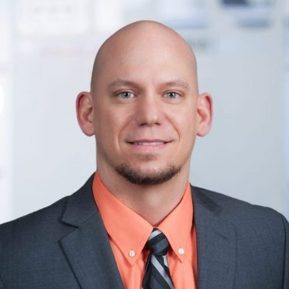
BEN MABRY
Ben graduated in 2005 from Kansas State University with a bachelor’s of science in Civil Engineering. Ben is a PEC principal and manages the municipal transportation division. As principal-in-charge, Ben will be responsible for the making certain all project challenges are met by the design team.
LISA ROBERTS
Lisa graduated in 2013 from West Virginia University with a master’s of science in Integrated Marketing Communication. Lisa is the client relations manager for PEC. As the client relations manager, Lisa is responsible for developing a better understanding of clients, project owners, end users, and industry partners in order to effectively raise the bar on the PEC experience.



